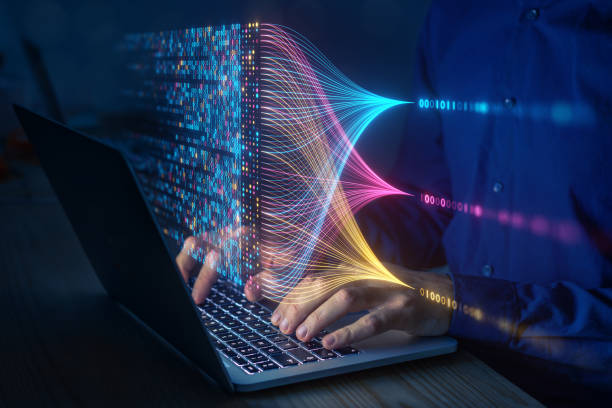The Kaleidoscope of Digital Brush Strokes
In the ever-evolving landscape of digital art, a new frontier emerges that challenges our perception of creativity and technology. This groundbreaking movement, known as Algorithmic Generative Art, is revolutionizing the way artists conceive, create, and showcase their work. By harnessing the power of complex algorithms and artificial intelligence, artists are pushing the boundaries of traditional art forms and exploring uncharted territories of visual expression.

The Fusion of Code and Creativity
At its core, Algorithmic Generative Art blends the precision of mathematical algorithms with the unpredictability of artistic expression. Artists write code that defines parameters and rules for generating visual elements, but the final output often surprises even the creator. This unique approach challenges traditional notions of authorship and artistic intent, as the artist becomes both a programmer and a curator of algorithmically generated possibilities.
The Tools of the Trade
The toolbox of an algorithmic generative artist is vastly different from that of a traditional painter or sculptor. Programming languages like Processing, OpenFrameworks, and TouchDesigner have become the new paintbrushes and chisels. These tools allow artists to create complex systems that generate visual output based on data inputs, randomization, and predefined rules. The result is often a dynamic, ever-changing piece of art that can respond to external stimuli or evolve over time.
From Galleries to Blockchain
The rise of Algorithmic Generative Art has coincided with the emergence of new platforms for showcasing and selling digital art. Online galleries dedicated to this form of art have sprung up, offering collectors the opportunity to own unique, algorithm-generated pieces. The advent of blockchain technology and non-fungible tokens (NFTs) has further revolutionized the market for digital art, providing a way to authenticate and trade these intangible creations.
The Ethical Implications of AI-Generated Art
As Algorithmic Generative Art becomes more sophisticated, it raises important questions about the nature of creativity and the role of artificial intelligence in the artistic process. Some critics argue that AI-generated art lacks the emotional depth and intentionality of human-created works. Others see it as a natural evolution of artistic expression, where the artist’s creativity is expressed through the design of the algorithm rather than the direct manipulation of a medium.
The Future Canvas
The future of Algorithmic Generative Art is as boundless as the algorithms that power it. As machine learning and AI continue to advance, we can expect to see even more innovative and thought-provoking works emerge from this digital crucible. The integration of augmented and virtual reality technologies promises to take this art form into immersive new dimensions, blurring the lines between the digital and physical worlds.
Conclusion
Algorithmic Generative Art stands at the intersection of technology and creativity, challenging our perceptions of what art can be and how it can be created. As this movement continues to evolve, it offers a glimpse into a future where the boundaries between human and machine creativity become increasingly fluid. Whether viewed as a revolutionary new art form or a provocative experiment in computational creativity, Algorithmic Generative Art is undeniably shaping the landscape of contemporary art and technology.





